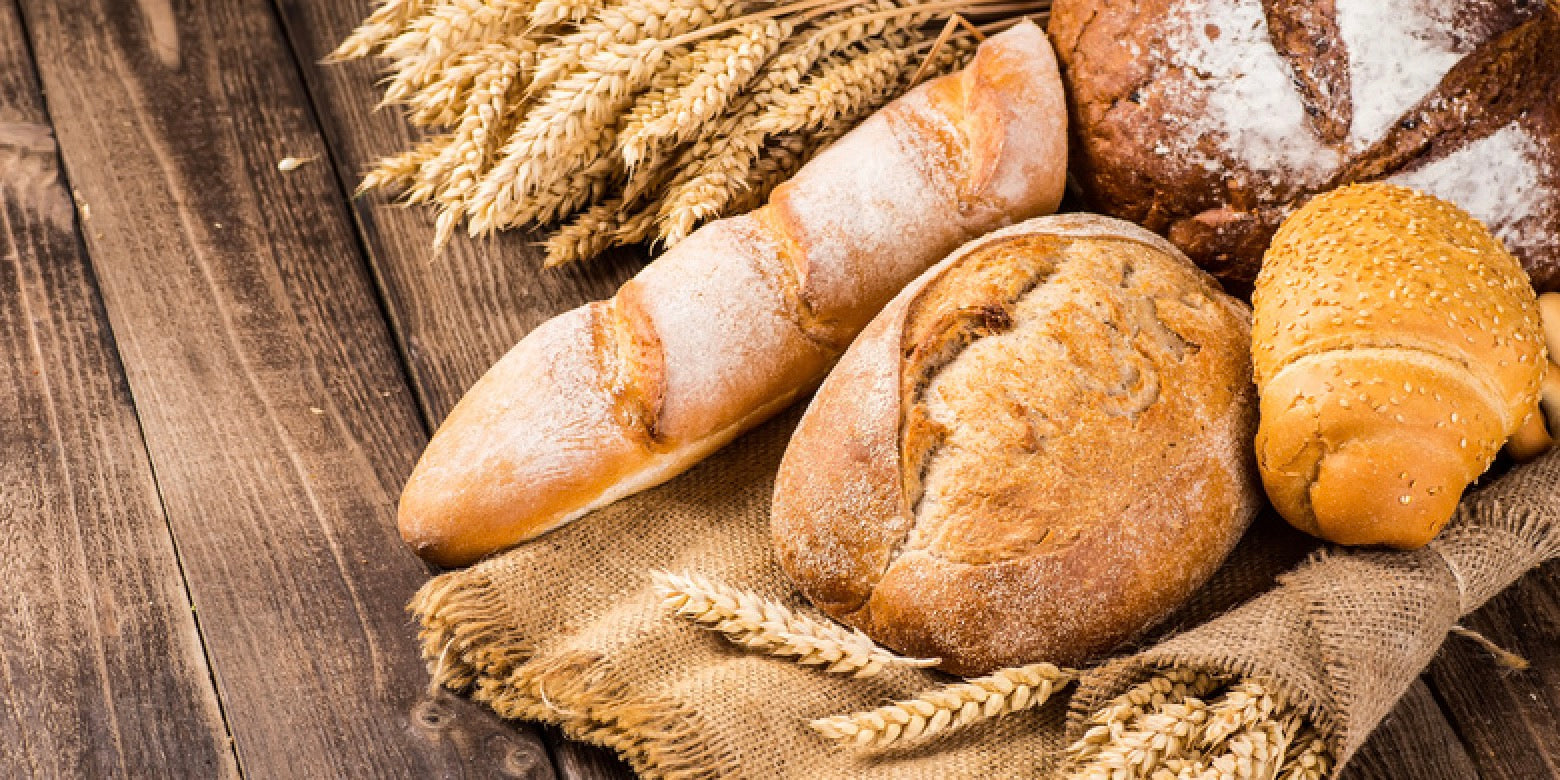How to Fix 10 Common Bread Problems
6. My Free-form Loaf Rises Unevenly During Baking
You want to grow a crust on your loaf to stop this from happening. If you were making a cob, you would dump out the risen dough, get some flour on your hands, and do a twist and fold motion so you keep folding the dough as you spin it. It will start to form a very tight skin, so it's almost like a tight football. If you do this for a few minutes, you will get a really nice, tight ball of dough. Put it on a baking sheet and let it rise for 40 minutes, then the surface tension you create will give you the perfect cob.
7. My Baked Bread is Too Crumbly and Falls Apart When I Cut It
First, if you use too much whole wheat flour, you'll end up with a crumbly loaf because you don't have enough regular white flour to develop the gluten that gives you that great texture. Too much flour and not enough water can result in a crumbly bread - which is what people usually do if the dough is too sticky, they add more flour instead of kneading it. Other culprits could be over proofing or not enough kneading -- things you need to do to get a good structure.
8. My Crust is Thin and Fragile
The crust is actually very difficult to make at home, since it comes from a really good, sealed, hot oven. This is why factory breads are so crusty because they have such a hot oven and water can be poured in to create the initial steam needed to form a good crust. Some people place a tray full of water in the bottom of the oven. You can make it at home, but home ovens are rarely airtight enough to keep the steam in.
If you want a really great crust, try making the bread in a covered casserole. This creates an airtight environment. Get your largest casserole pot, heat it up in the oven, and put your shaped dough in it. Getting in there can be tricky, so shape the dough on a paper-lined pie tin with a loose bottom, then use a string to put it in the pan. Put it in the pan and bake for about 35-40 minutes, and you'll end up with the closest bakery bread you can make at home.
9. My Sourdough Starter is Dead
This is a tricky question. Sourdough starters die all the time, and it's usually because they've been forgotten. They are difficult to bring back because the appetizer is a living organism with live bacteria. If it's moldy and turning pink or red, your best bet is to get rid of it because it's probably overdone. If it's just dead, remove most of it but keep about a third, then start a new batch and combine the two so at least you retain some bacteria.
10. My Loaf Cracked During Baking
When you put bread in the oven, it expands, but you want to control this expansion. Cutting bread horizontally or diagonally will cut through the surface and will encourage it to grow in a particular direction.




Leave a comment